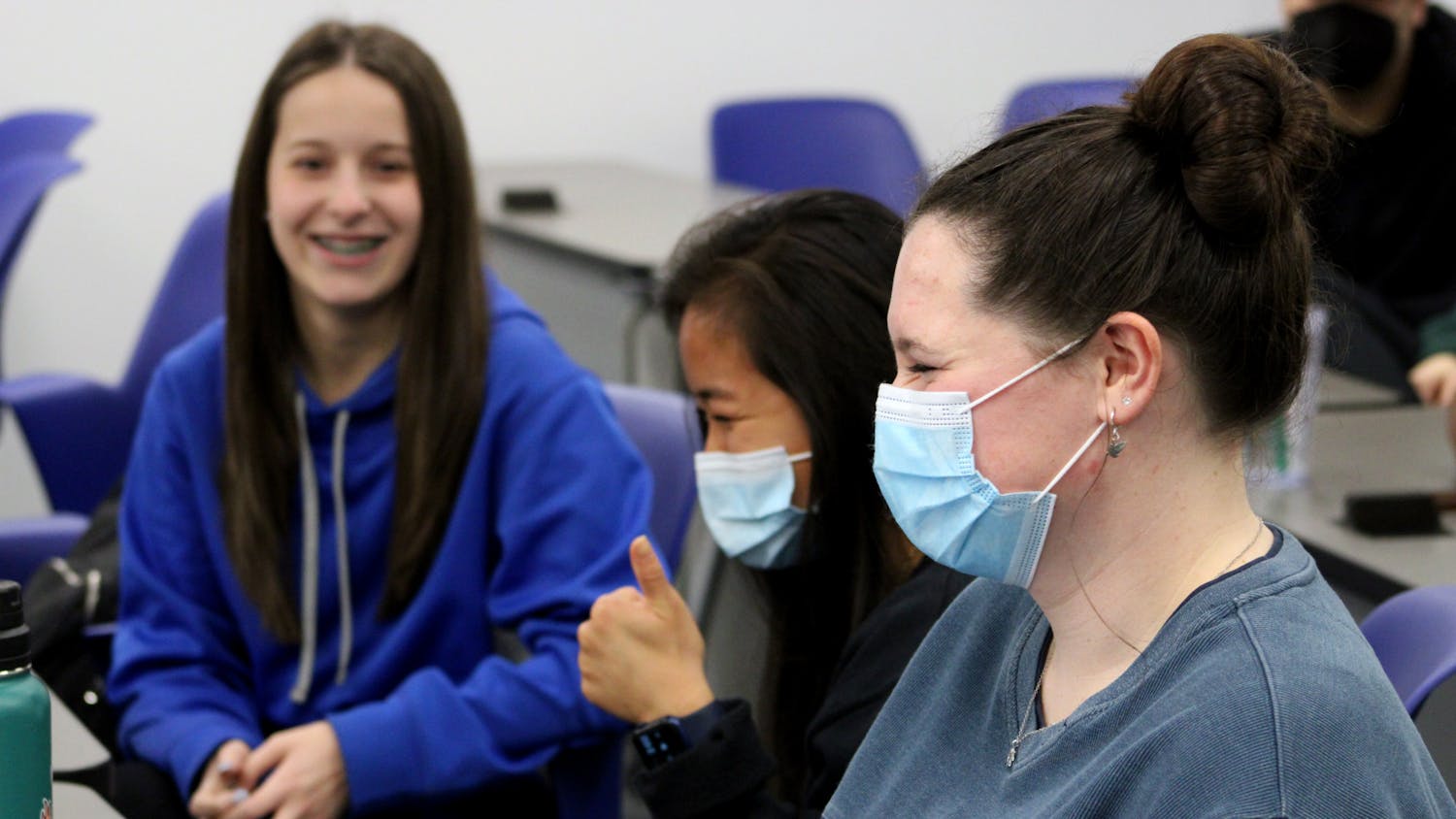This weekend I was watching “Catfish,” a popular MTV series that brings together couples who have never seen each other face to face. In the episode, 22-year-old Daisy expressed doubt over the legitimacy of a guy she met on Instagram and had been in touch with for the past few years.
I watched, mesmerized, as she admitted they had never spoken on the phone or video chatted on Skype before — texting is the only way they “talk” to each other.
As ridiculous as it seems to form a relationship with someone completely over text, it isn’t uncommon anymore. Texting has become one of our primary methods of communicating with other people, especially when we are beginning to get to know someone.
It’s not hard to figure out why. Texting is incredibly quick, convenient and easy. At the tips of our fingers, we can connect with another person without having to worry about awkward silences or uncomfortable slips of the tongue. Anytime and anywhere, we can craft the perfect response to the person we want to impress, never once having to venture out of our comfort zone. For those who are afraid or nervous to have face-to-face conversations, texting is a welcome alternative.
There is much to appreciate about texting, and it has certainly made our lives easier and more comfortable in many ways. But as technology continues to advance, we need to be careful not to let texting replace the more genuine and meaningful ways of connecting with other people.
According to a recent Brigham Young University study, constantly connecting through technology can actually cause disconnects in relationships. The study, which focused on 18- to 25-year-olds, found using texting as a way to make important decisions or settle arguments resulted in lower relationship quality for women. For men, too much texting lowered the relationship quality.
Additionally, an Intel study found more than 60 percent of young adults believe relying too much on technology can be dehumanizing.
Sure, texting is perfect for making plans, expressing affection or touching base when you don’t have time to talk or meet up in real life, but it is a detached and ineffective way of having important conversations and building the foundation for a relationship.
Communication extends so far beyond just words. Facial expressions, tone of voice, eye contact, laughter and physical touch are incredibly important forms of communication texting can never provide. Though we can send emojis like faces, winks, kisses and hearts to show how we are feeling, isn’t it better to read those emotions on someone’s face instead of on a screen?
“There is a narrowness with texting,” BYU researcher Jonathan Sandberg said, “and you don’t get to see the breadth of a person that you need to see.”
Not only does constant texting deprive us of meaningful interactions with other people, but it also hinders our ability to effectively process emotions and social cues. Scientists at the University of California, Los Angeles, recently observed two groups of sixth graders: One group went five days without looking at any digital screen, and the other group spent that time continuing to use phones, computers and televisions.
The group of children who didn’t look at any digital screen performed vastly better than the others at reading and interpreting human emotions.
This research implies we are in desperate need of more genuine face-to-face conversations. The more we rely on texting as our main way of interacting with others, the more likely we are to become worse at talking to people in real life.
If we truly want to form meaningful and genuine connections with other people, we should look into someone’s eyes instead of into our screens. But first, we have to be brave enough to put our phones down.
Moriah Camenker is UF a public relations senior. Her column appears on Tuesdays.
[A version of this story ran on page 6 on 4/7/2015 under the headline “Too much texting hinders real-life connections”]





